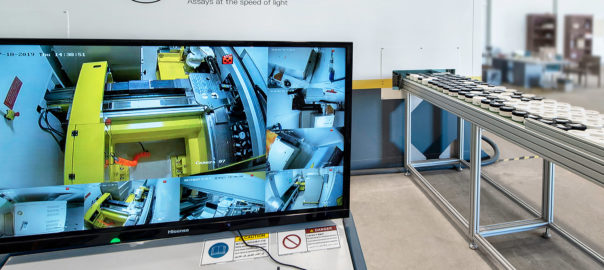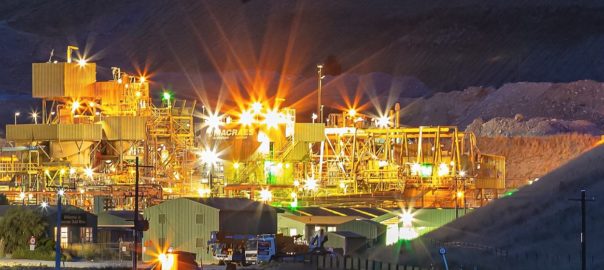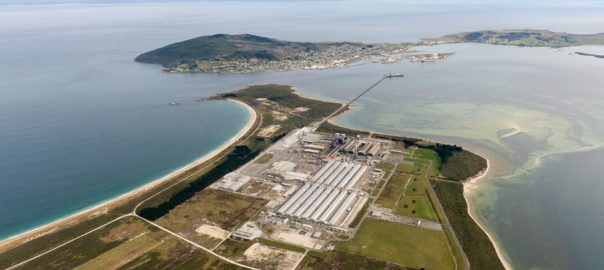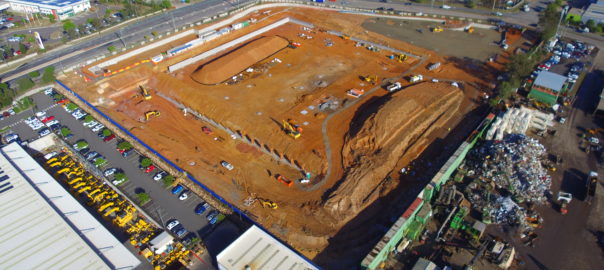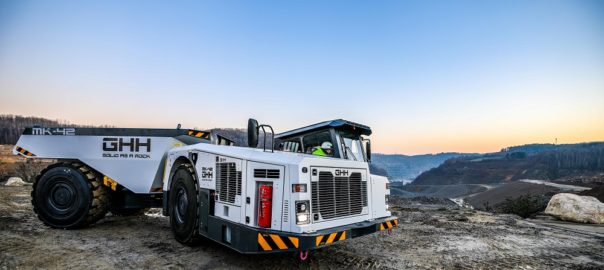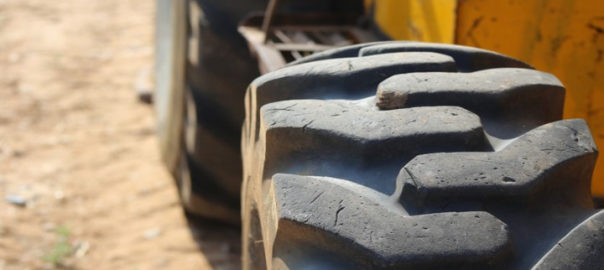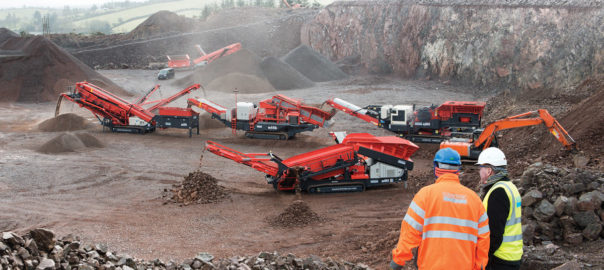Chrysos Corp has signed a new customer contract under its standard terms and conditions with OceanaGold Corporation to lease a PhotonAssay™ unit at the Macraes Operation in New Zealand for three years with a potential two-year extension.
The Macraes Operation on New Zealand’s South Island is the country’s largest active gold producing mine, having produced over 5 Moz of gold since 1990.
Expected to be installed in the first six months of 2025 and representing Chrysos’ first deployment in New Zealand, the Macraes unit will be operated by existing Chrysos customer SGS; representing the first PhotonAssay unit to be leased by a miner and operated on-site by a laboratory.
Chrysos says it views this working model to be of significance to its business as it affords the company operational flexibility in how it approaches the market and executes its global expansion plans.
Once deployed, the Macraes unit will be the second PhotonAssay unit outside of Australia, and the fourth unit overall, to be operated by SGS.
Chrysos Managing Director and CEO, Dirk Treasure, said: “We are pleased to be working with OceanaGold on this new deployment model; not only does it grow PhotonAssay’s footprint in the Asia-Pacific region, but it increases our relationship with one of the world’s leading laboratory companies.
“Our best-fit leasing approach not only demonstrates the evolution of our miner and laboratory relationships, but also supports the variety of operating models being used by customers across the world. This operational breadth provides Chrysos with flexibility in how it approaches the market and executes its global expansion plans.”
SGS recently said it was expanding its Chrysos PhotonAssay offering, confirming it will be able to offer analysis using this technology at its Orange laboratory in New South Wales, Australia, from December.







